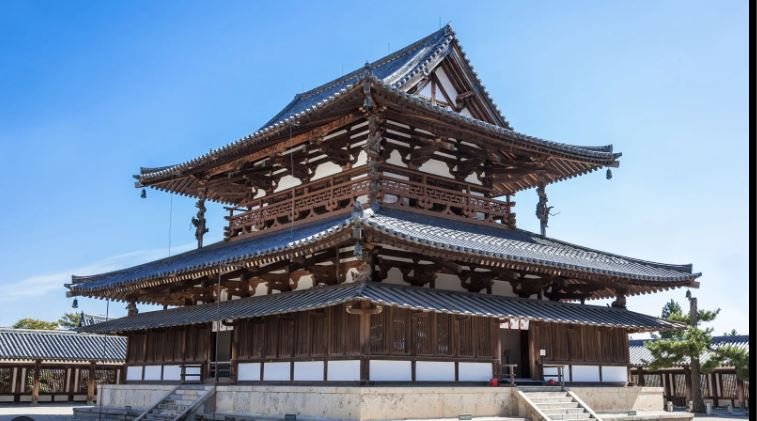Traditional Japanese Architecture
- By -Peter
- Posted on
- Posted in Modern Architecture
Traditional Japanese architecture reflects a deep appreciation for nature, simplicity, and meticulous craftsmanship. Influenced by Shinto and Buddhist beliefs, it embodies harmony with the natural environment and a reverence for natural materials.

Key Characteristics of Japanese Architecture
Japanese architecture emphasizes simplicity, minimalism, and a connection to the surrounding landscape. Features include sliding doors (fusuma and shoji), tatami mat flooring, and the use of wood, paper, and bamboo.
Principles of Harmony and Balance
Central to Japanese architecture is the concept of wa (harmony) and ma (space). Spaces are designed to flow seamlessly from one to another, creating a sense of tranquility and balance that enhances the living experience.
Integration with Nature
Traditional Japanese buildings often incorporate gardens (tsuboniwa and tsukiyama) and outdoor elements (engawa and machiya) to blur the boundaries between interior and exterior spaces. This integration fosters a deep connection to nature.
Types of Traditional Japanese Buildings
Architectural styles include temples (such as Kinkaku-ji and Himeji Castle), shrines (like Itsukushima Shrine), tea houses (chashitsu), and traditional houses (minka), each reflecting specific cultural and functional requirements.
Materials and Construction Techniques
Wood, particularly cedar and cypress, is the predominant material used in Japanese architecture due to its abundance and durability. Techniques like joinery (tsugite and kumiko) emphasize craftsmanship and structural integrity.
Influence of Shinto and Buddhist Beliefs
Shinto and Buddhist principles shape Japanese architectural aesthetics, emphasizing respect for natural spirits (kami) and the impermanence of life. This spiritual foundation permeates design choices and spatial arrangements.
Zen Influence on Japanese Architecture
Zen Buddhism influenced the development of minimalist aesthetics and meditation spaces (zendo) within temples and gardens. These spaces are designed to foster introspection and a sense of inner peace.
Modern Adaptations and Preservation Efforts
Efforts to preserve traditional Japanese architecture include UNESCO World Heritage listings, adaptive reuse projects, and modern interpretations that blend historical elements with contemporary design principles.
Challenges in Preservation
Preserving traditional Japanese architecture faces challenges such as urbanization, natural disasters, and the scarcity of skilled craftsmen trained in traditional techniques. Balance between preservation and adaptation is crucial.
Cultural Significance and Heritage
Japanese architecture is a reflection of cultural identity and historical continuity. It serves as a tangible link to Japan’s past while inspiring contemporary architects and designers with its timeless principles of craftsmanship and beauty.
Sustainability in Japanese Architecture
Traditional Japanese architecture aligns with sustainability principles through its use of natural materials, passive cooling techniques, and integration with natural surroundings. These eco-friendly practices contribute to environmental stewardship.
Contemporary Relevance and Global Influence
Japanese architectural principles of simplicity, functionality, and harmony continue to inspire architects worldwide, influencing modern design trends that prioritize wellness, sustainability, and cultural authenticity.
Conclusion: Legacy of Japanese Architecture
Traditional Japanese architecture embodies a profound respect for nature, cultural traditions, and craftsmanship. Its enduring legacy influences global architecture and design, offering timeless lessons in harmony, simplicity, and beauty.
By embracing the principles and aesthetics of traditional Japanese architecture, architects and designers can create spaces that not only honor the past but also enrich the present and inspire sustainable and culturally resonant built environments for future generations.



